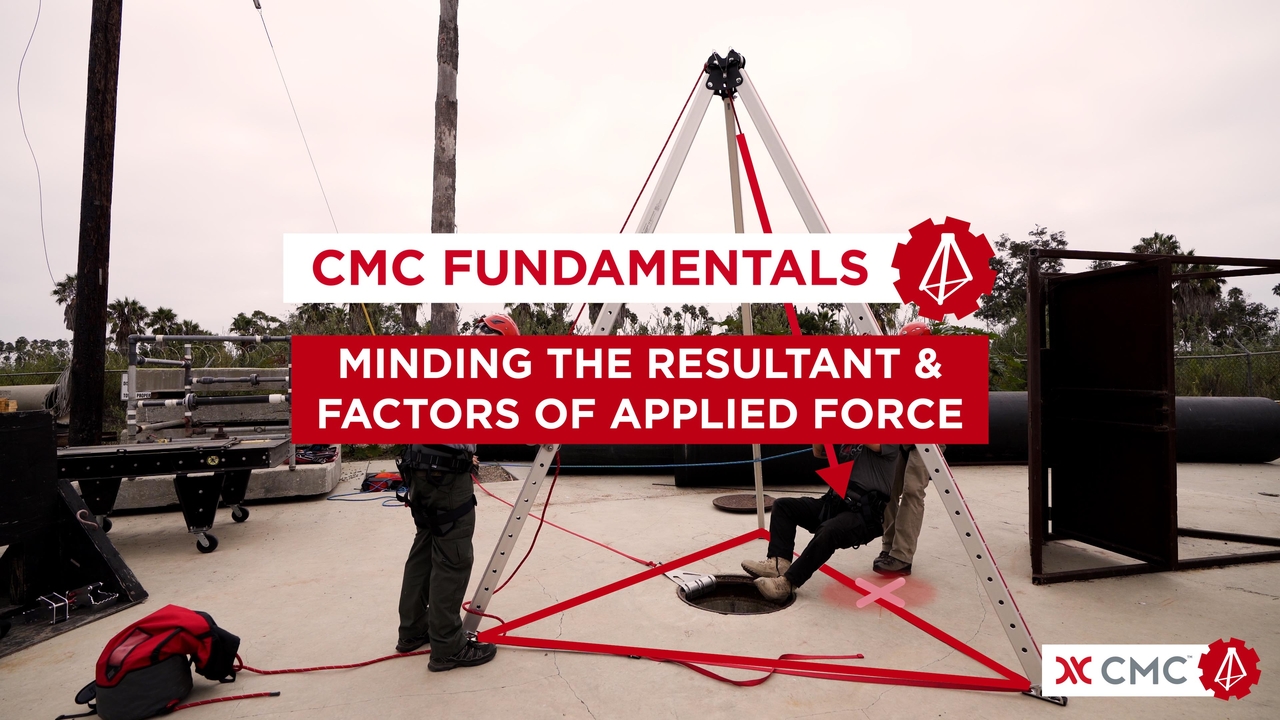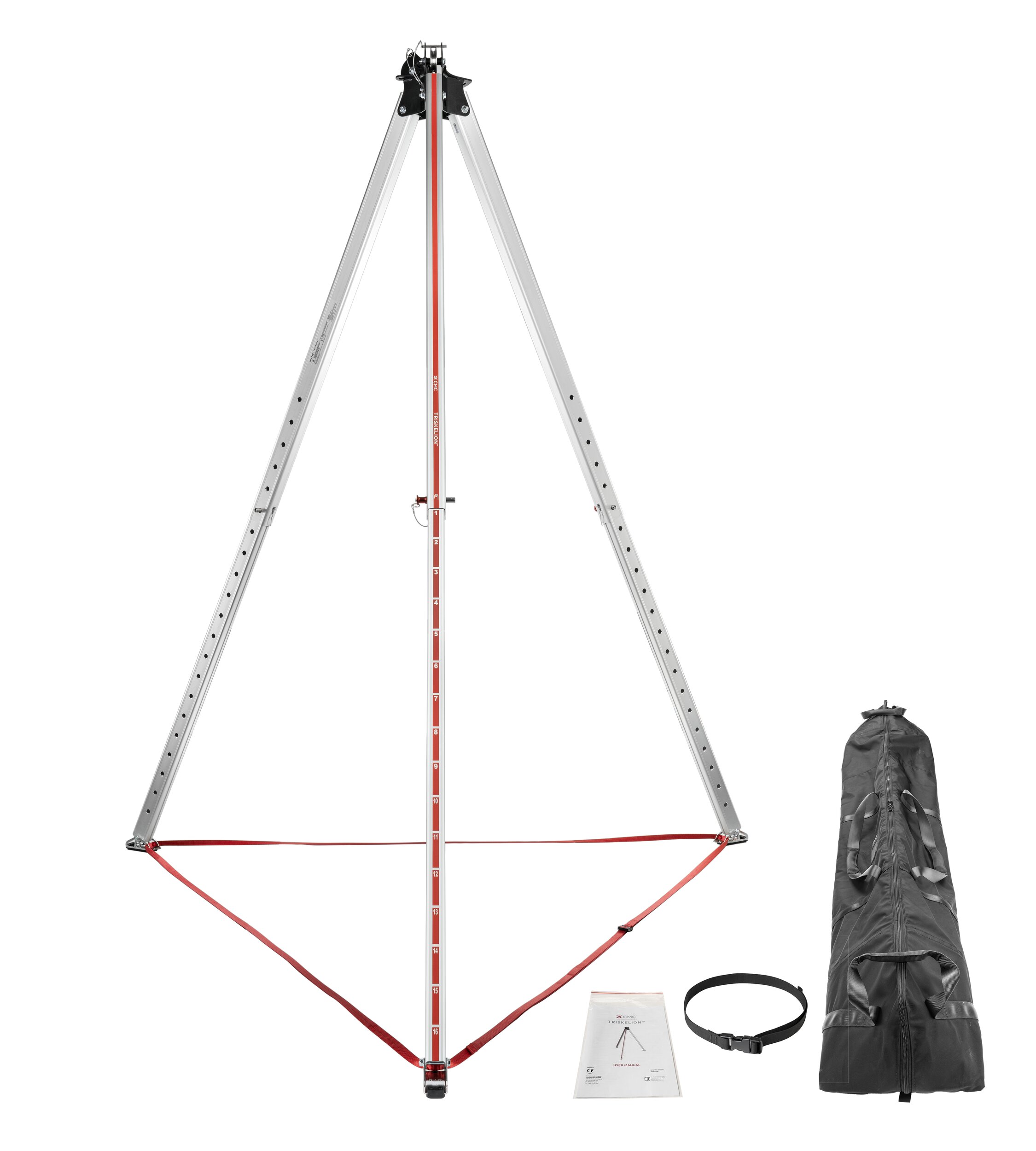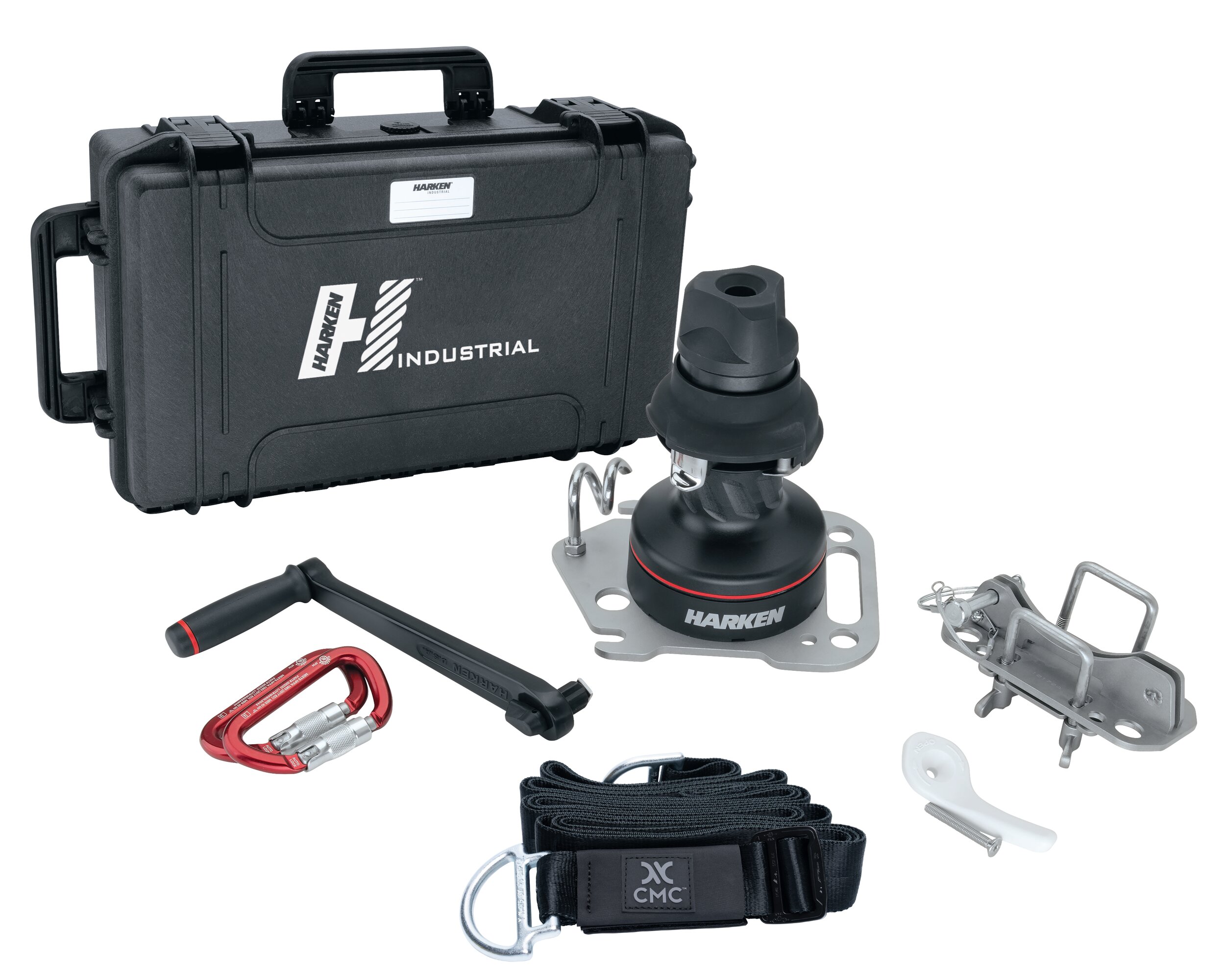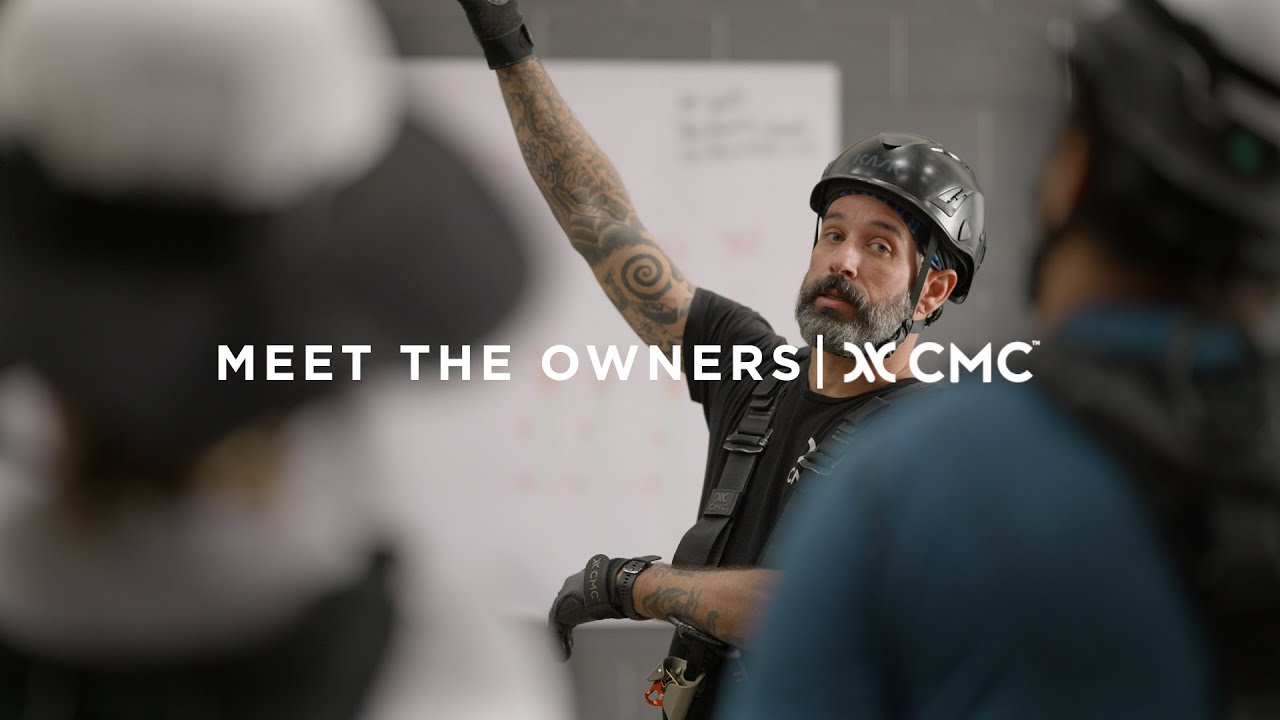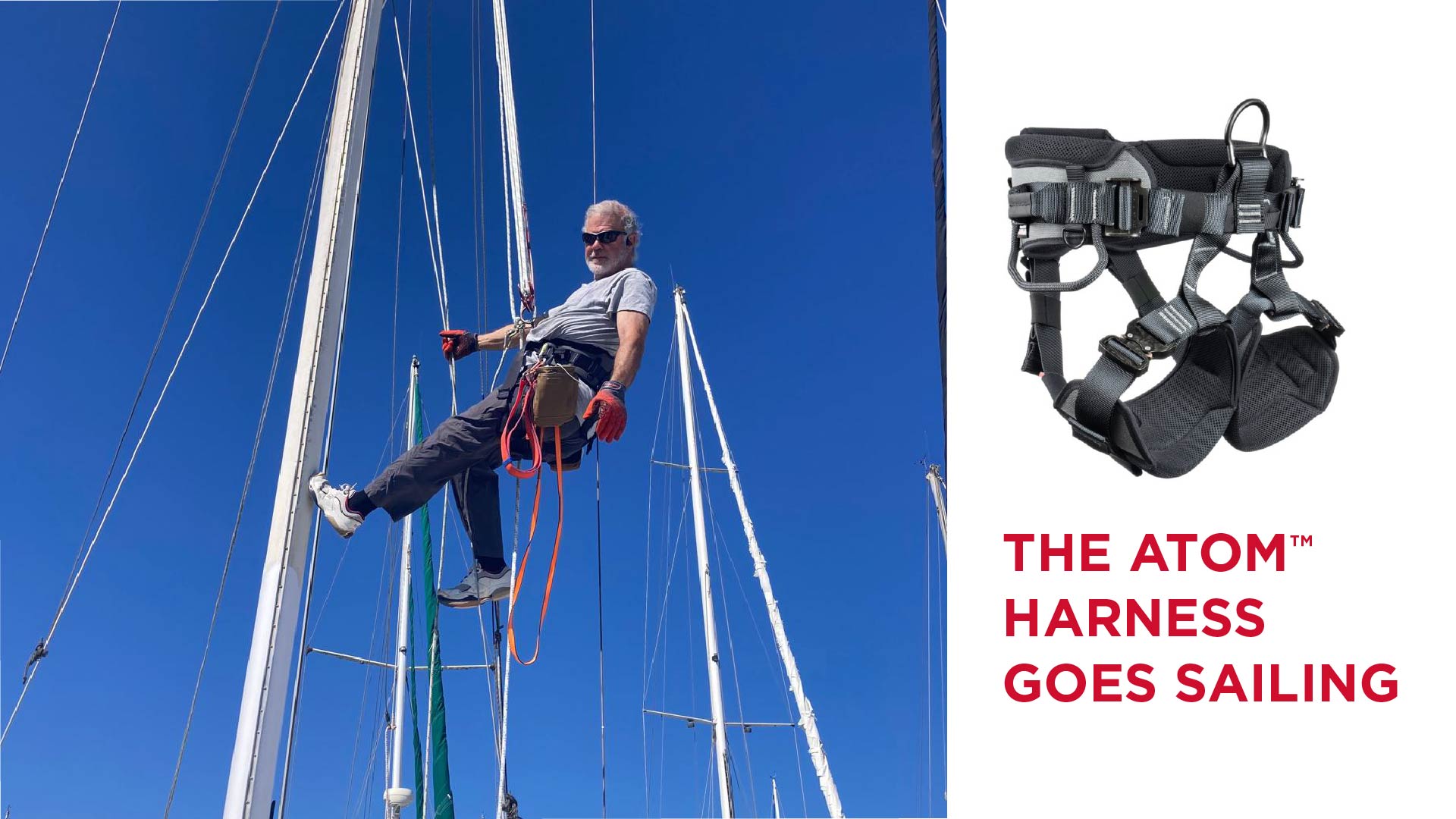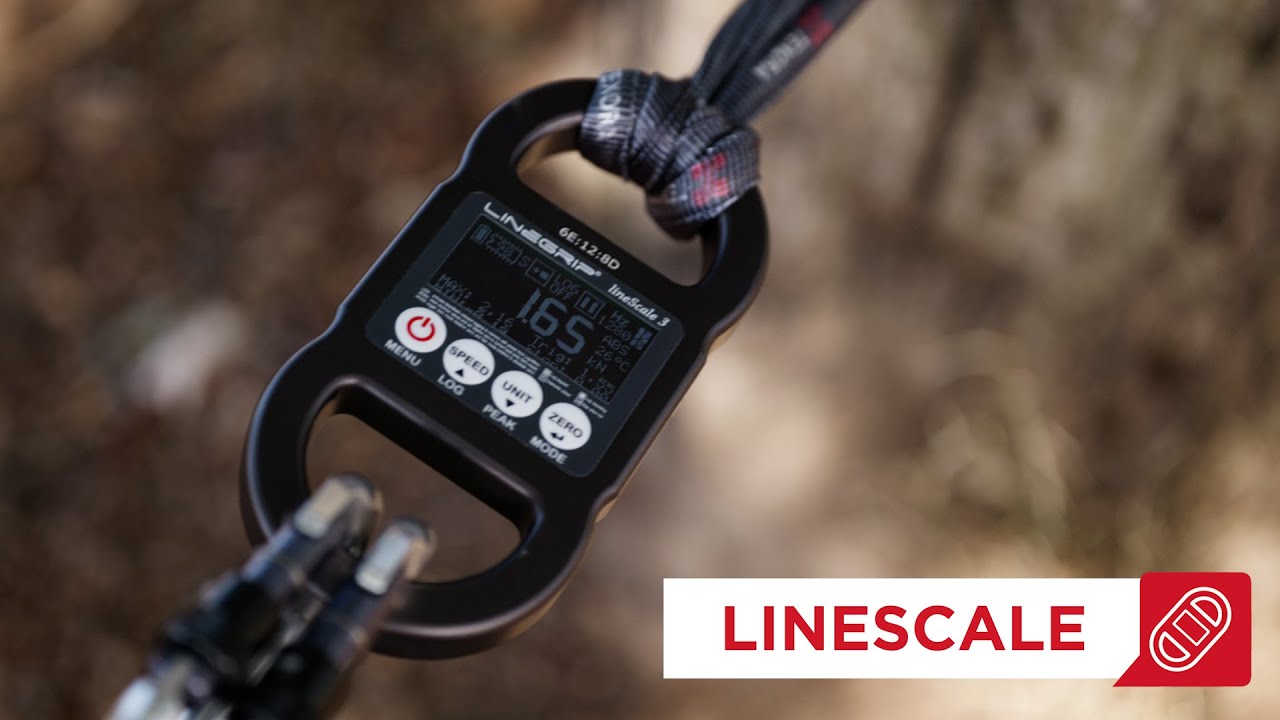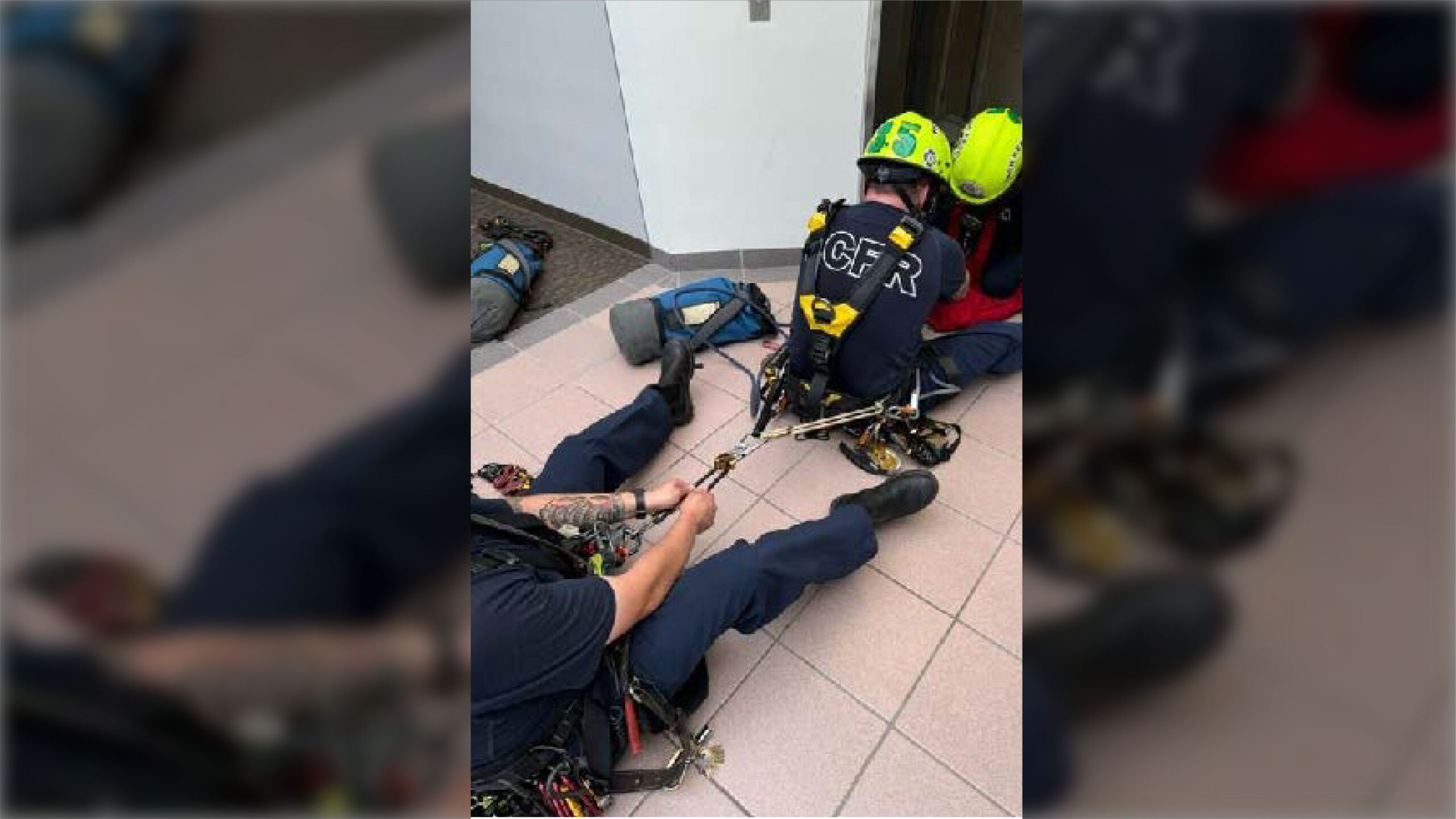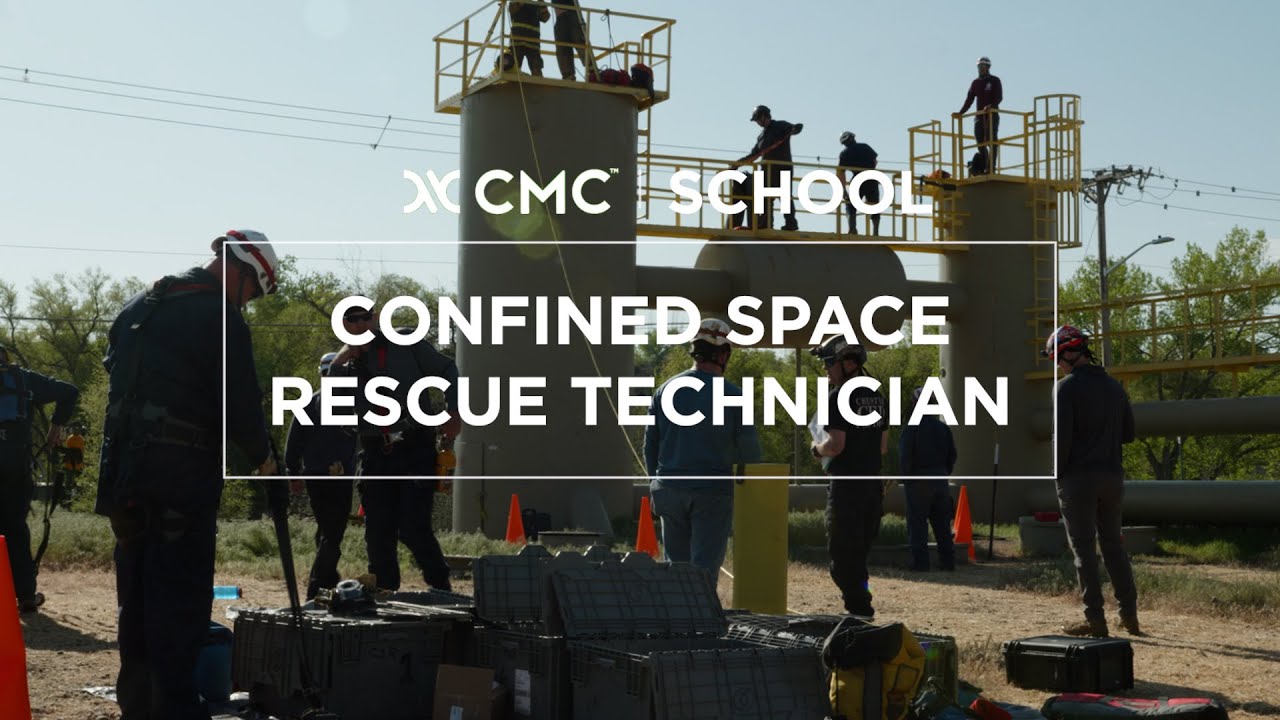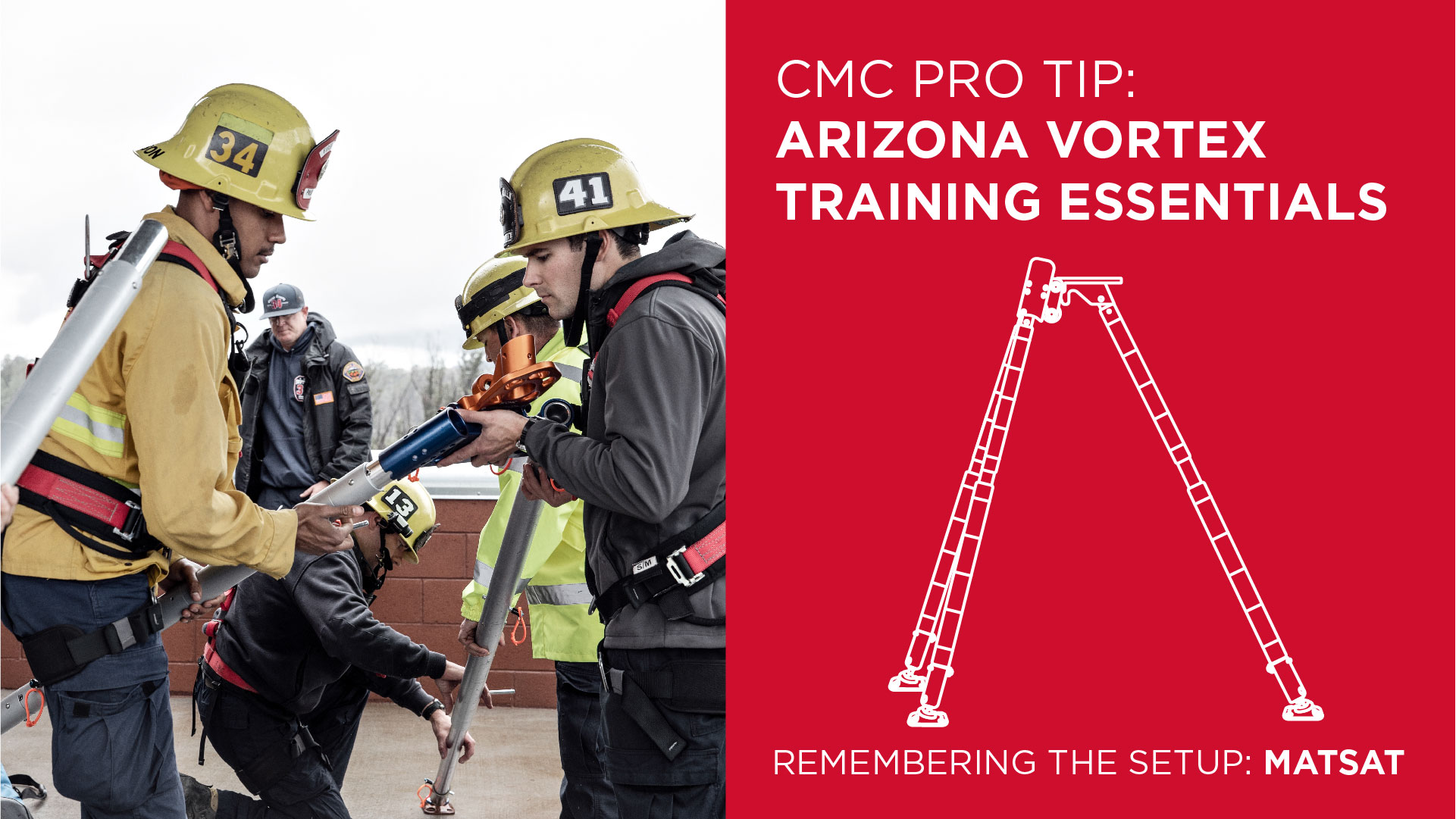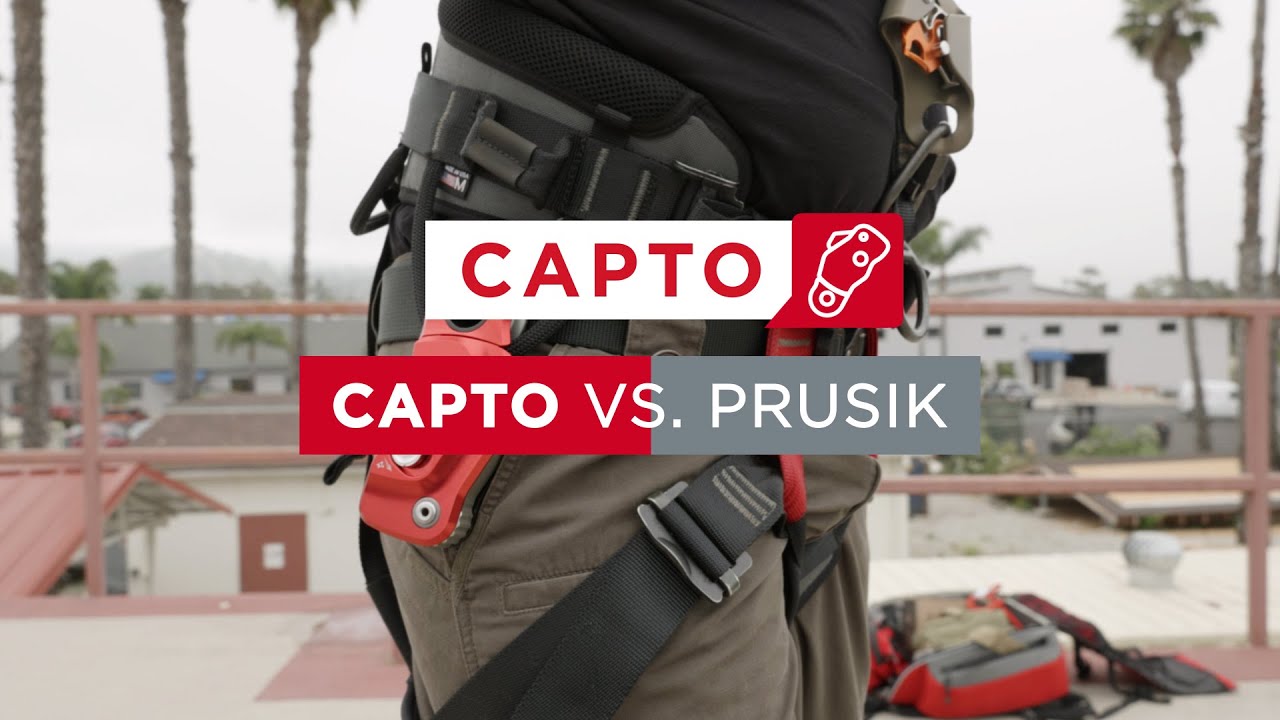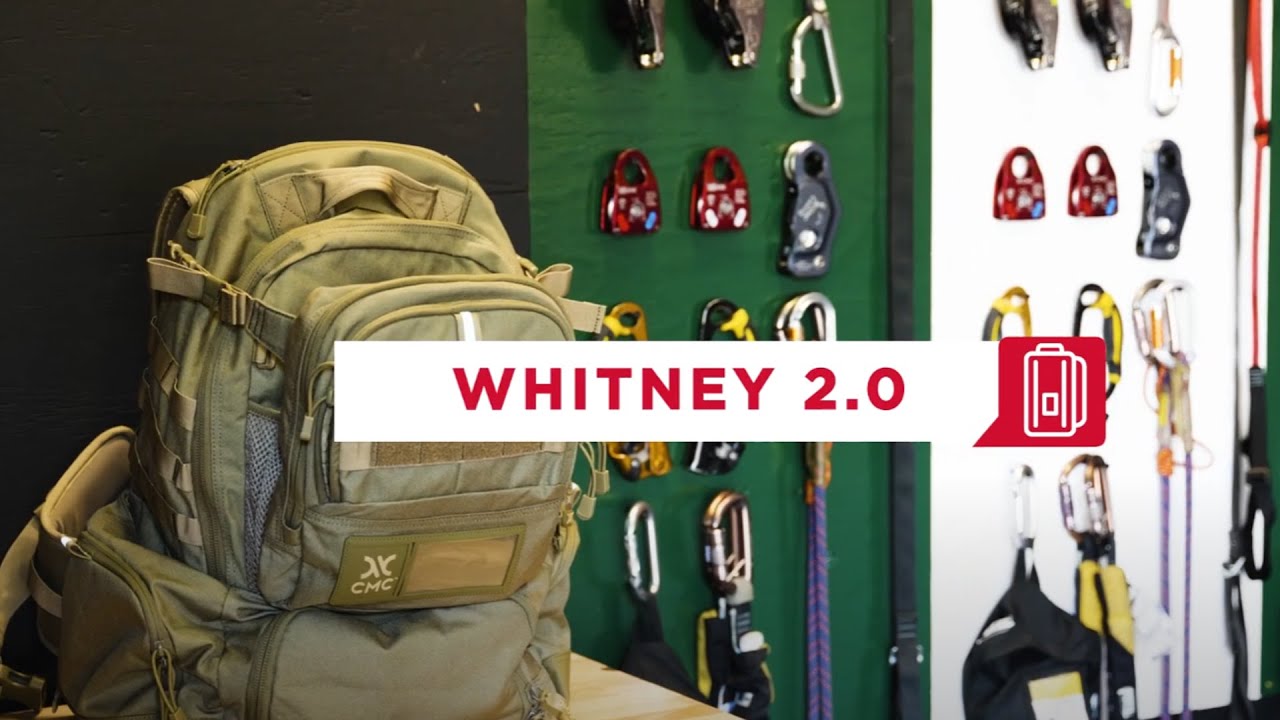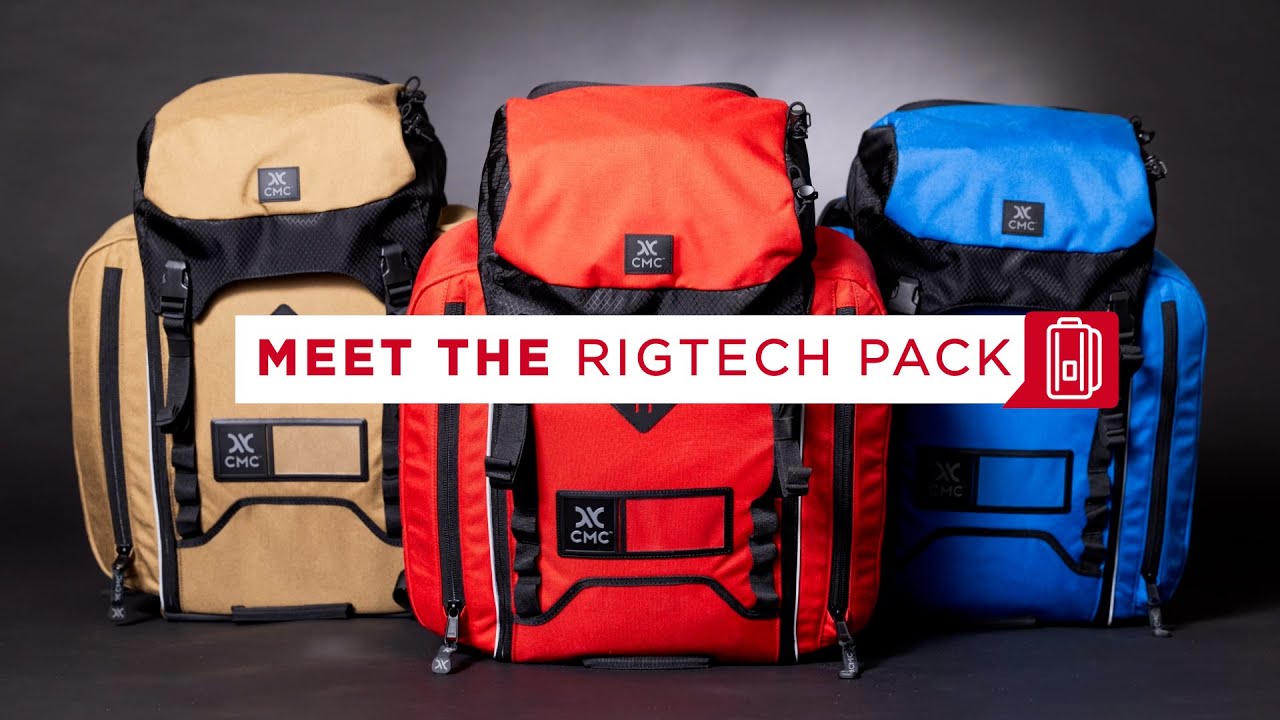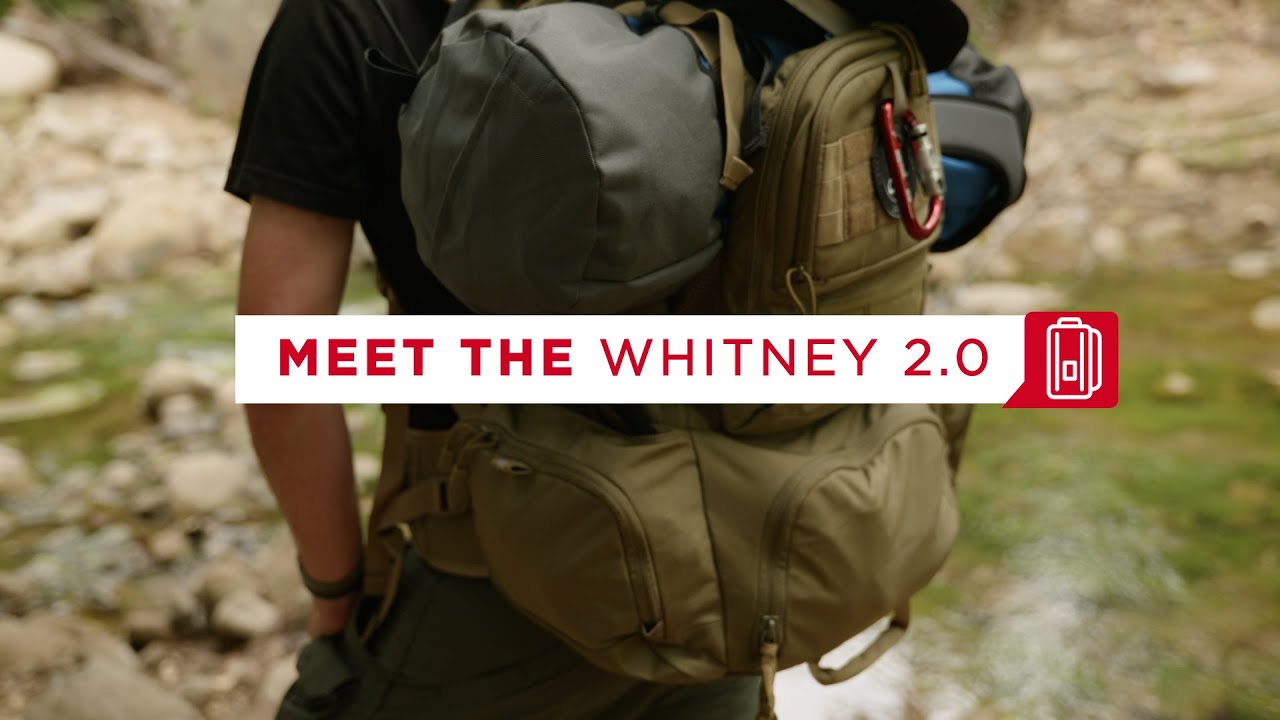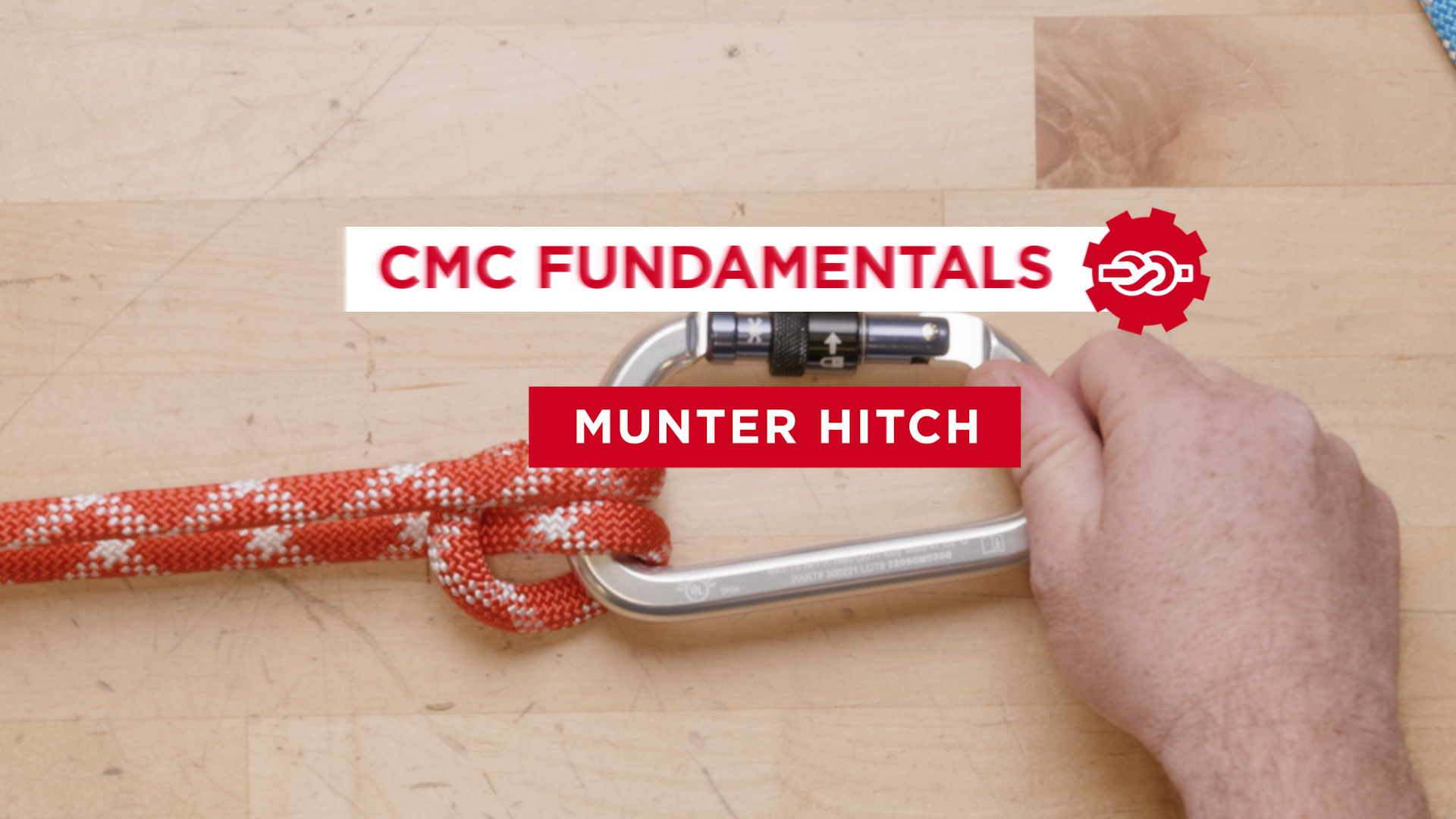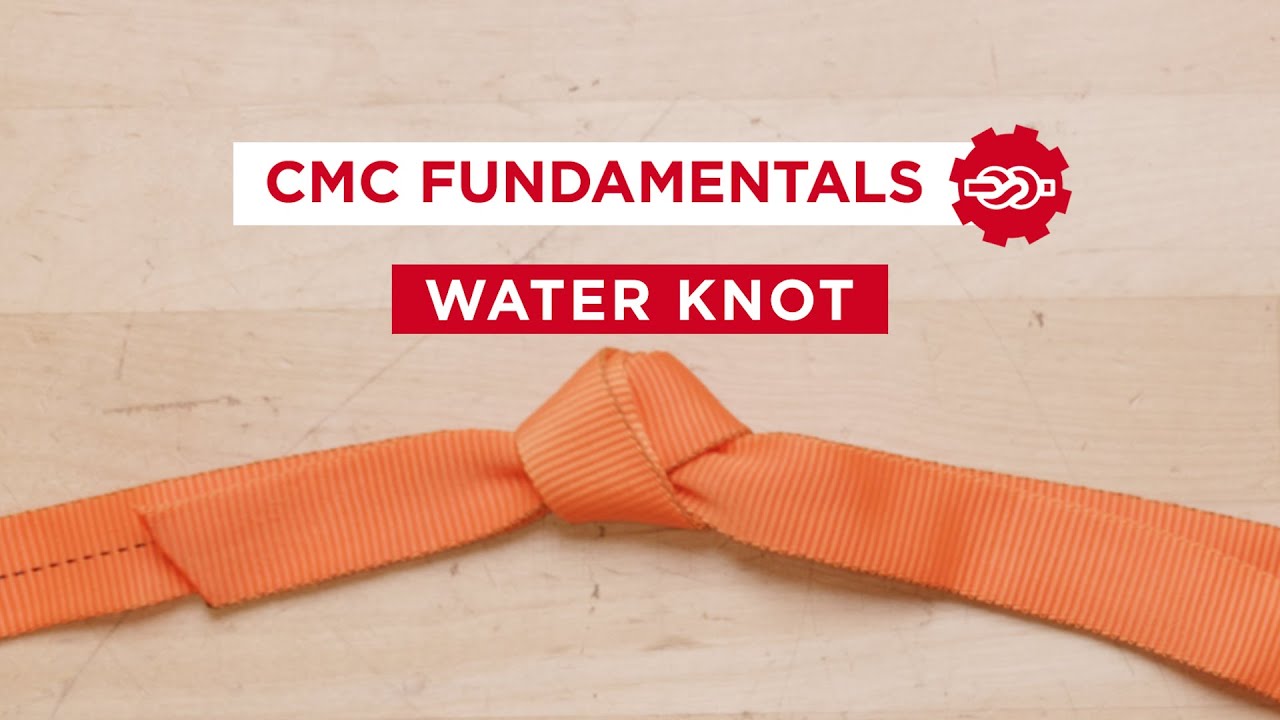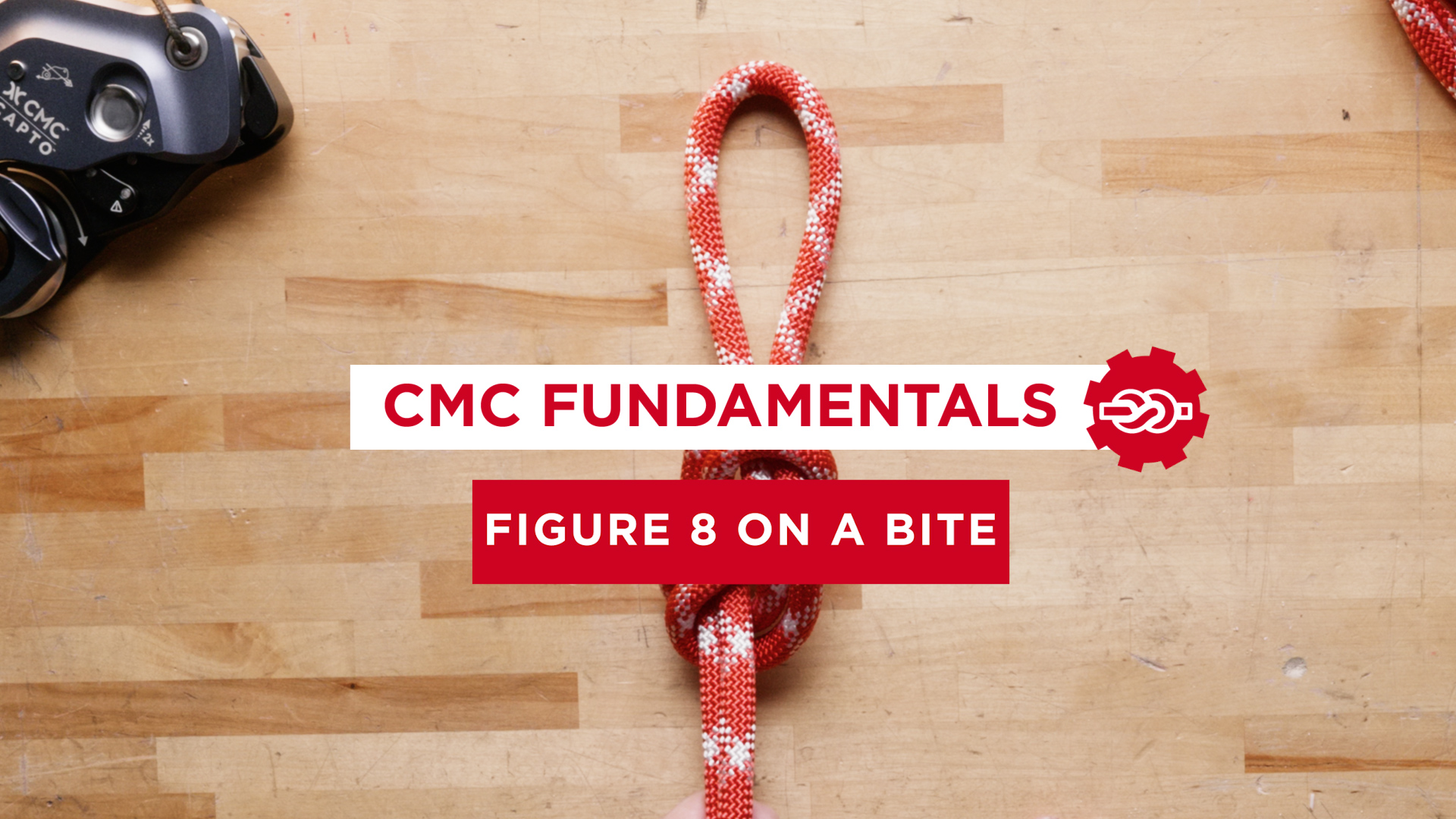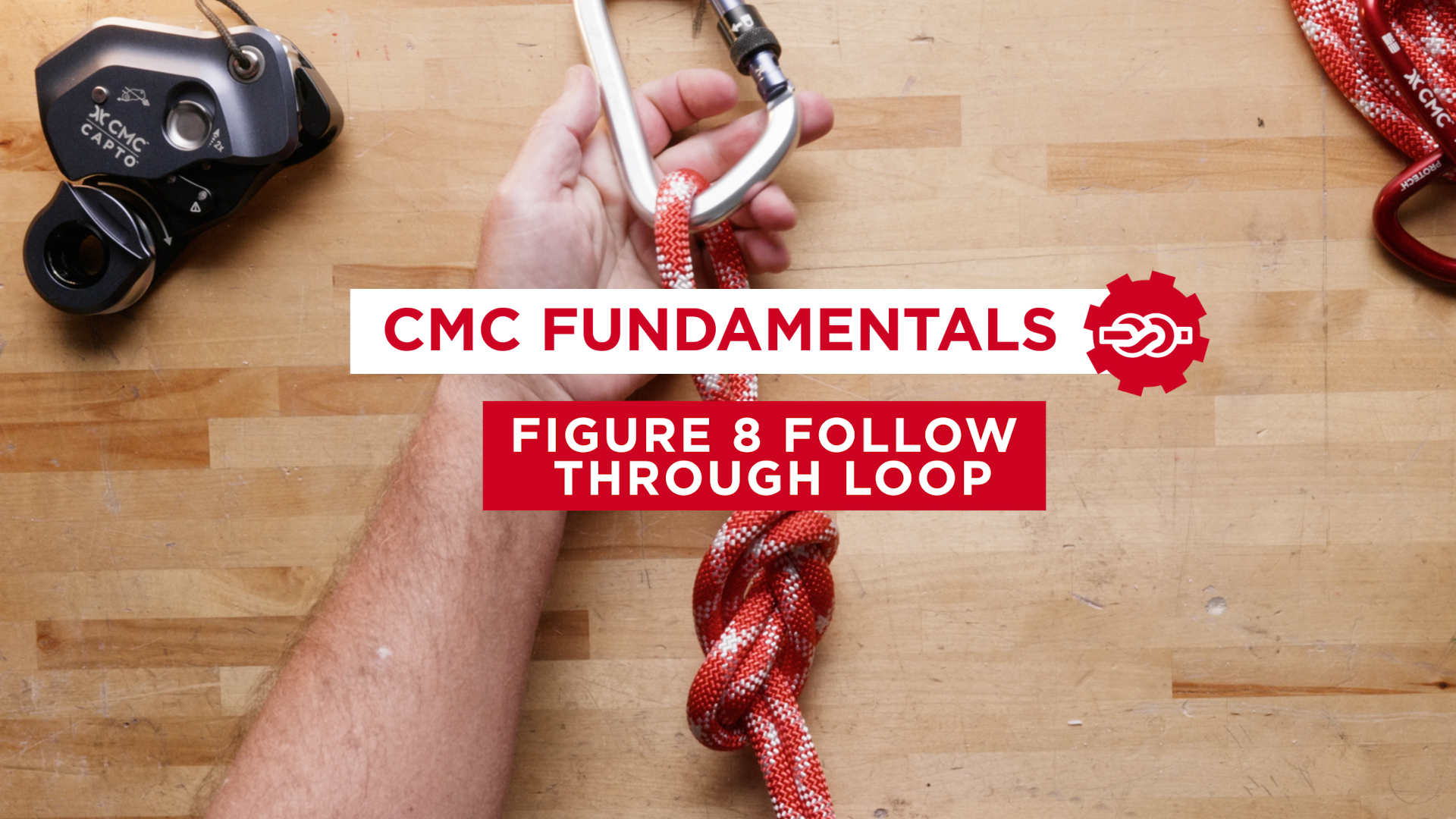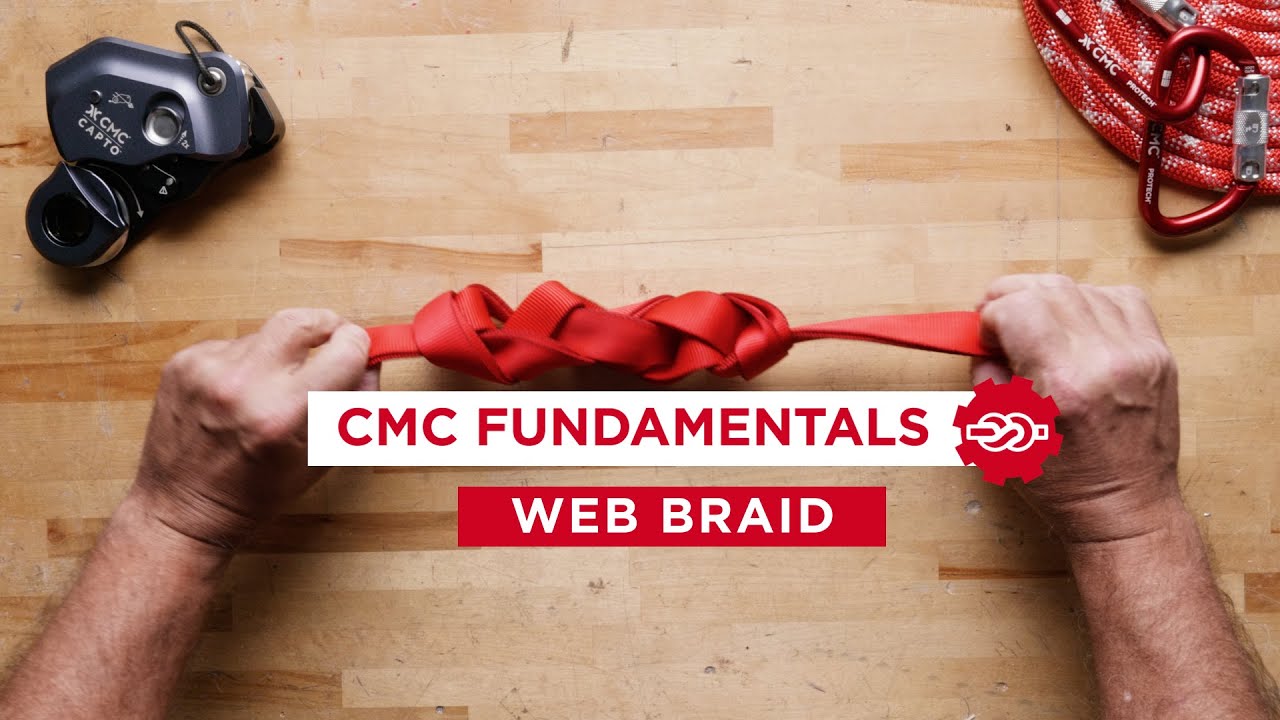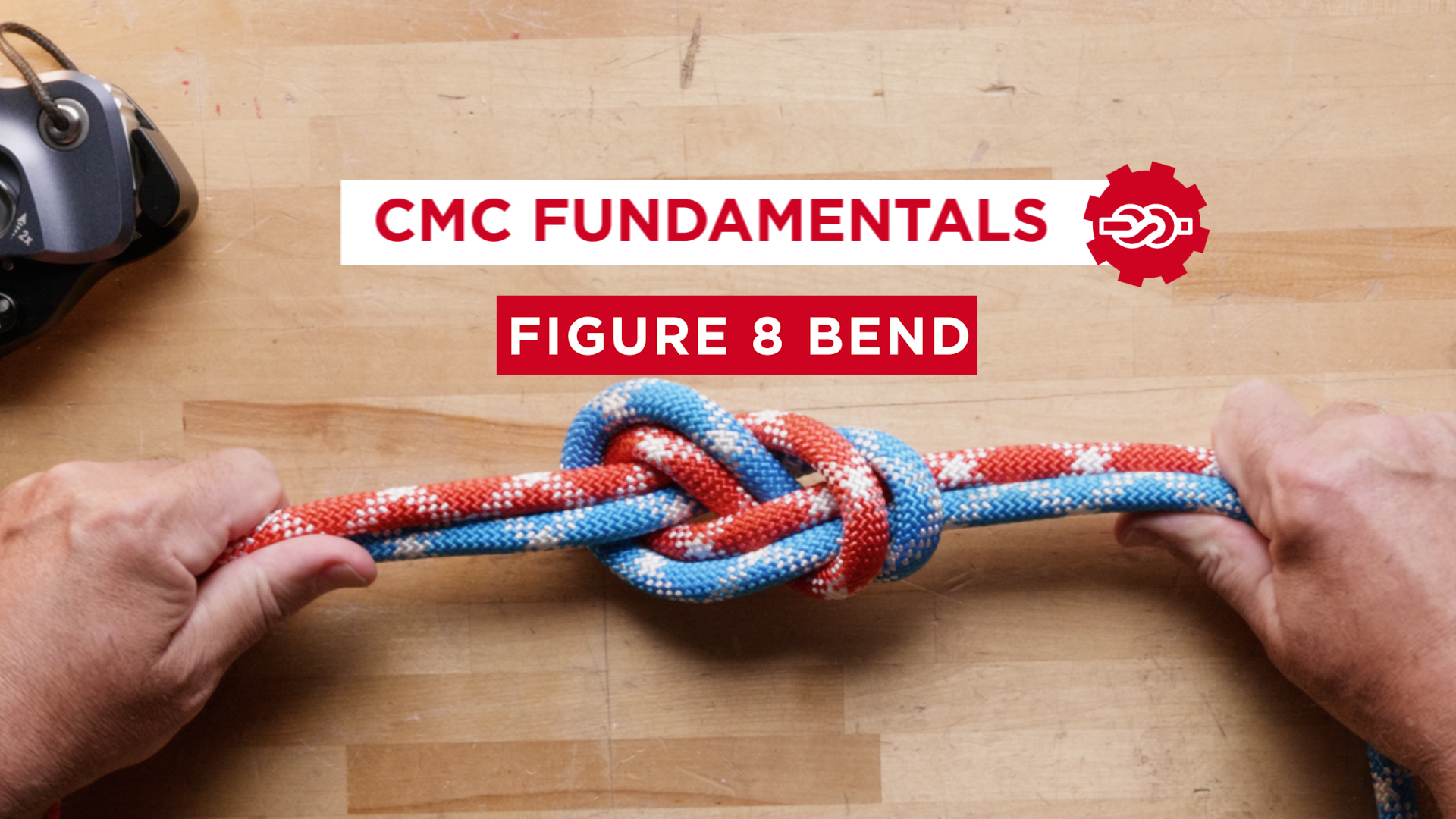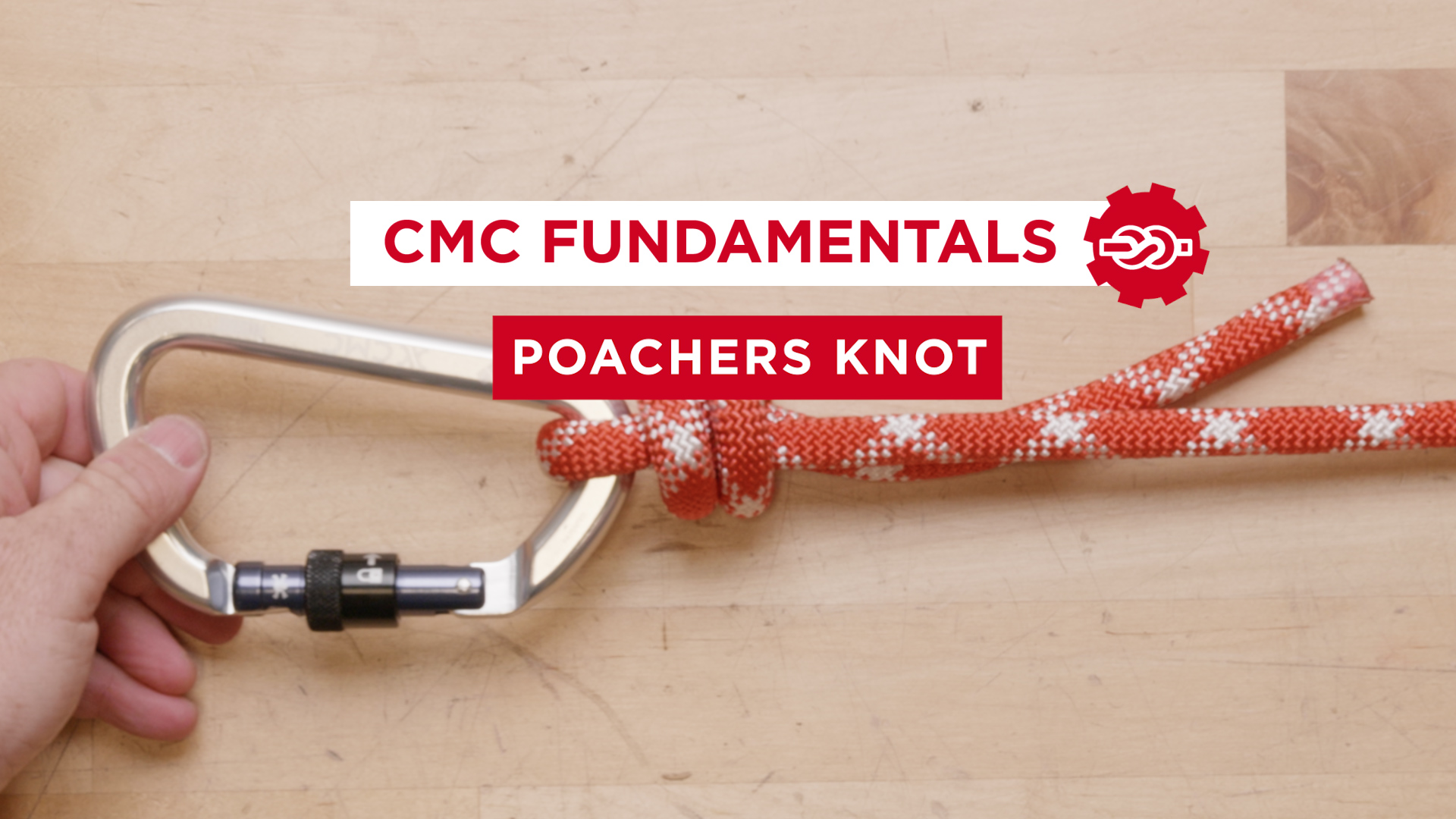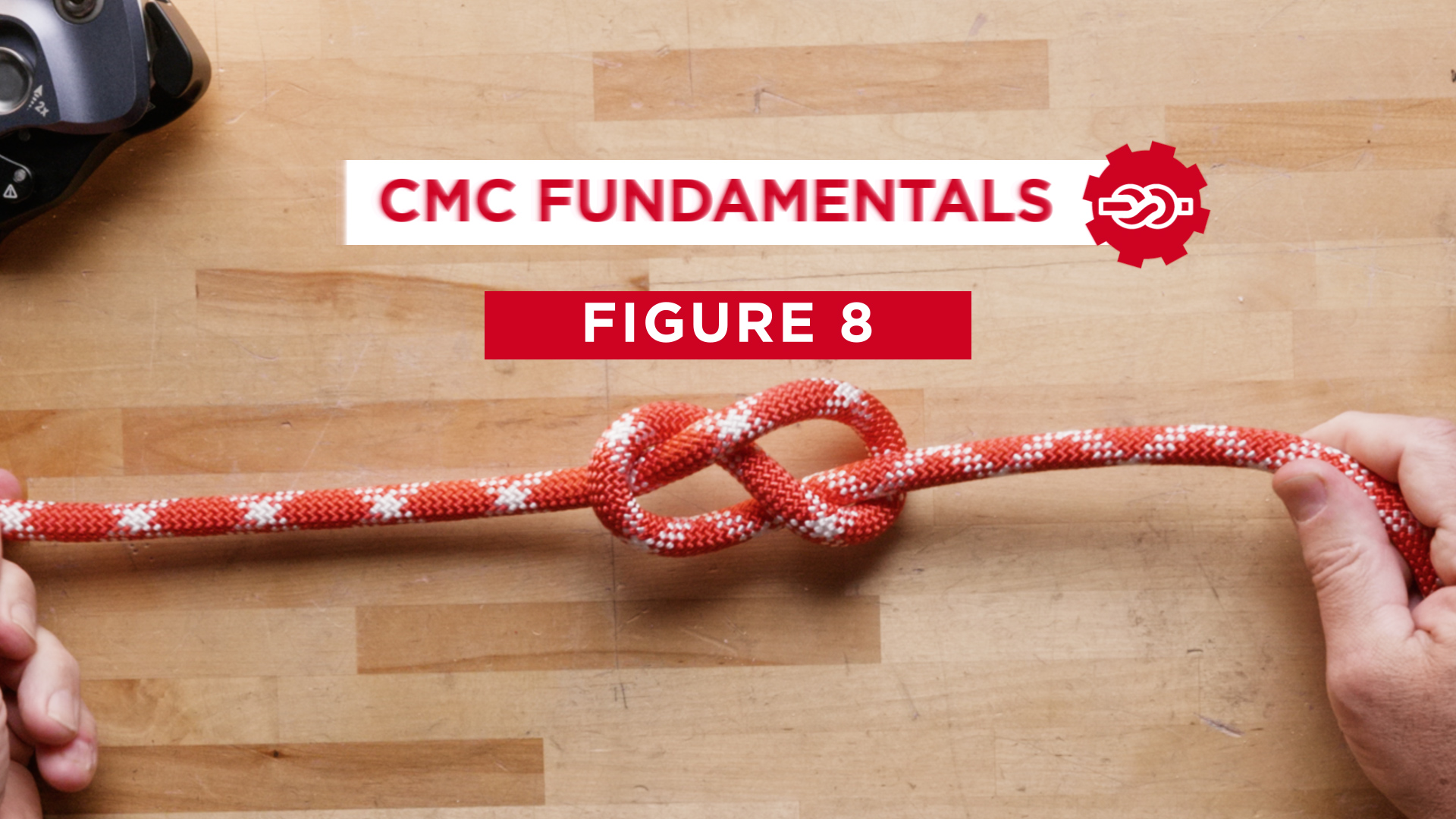Minding the Resultant and Factors of Applied Force // CMC Fundamentals
Welcome to CMC Fundamentals, a series created for technicians who are just getting started in the industry or who want to build their knowledge base. In this video, CMC demonstrates how to manage directional forces when raising loads with a tripod. We address issues that are frequently encountered when removing patients from a confined space using a mounted winch or vertical rope system. Before using tripods in a rescue scenario, it’s essential to be properly trained in patient extraction techniques and gain an understanding of how to mind the resultant and factors of applied force. If you have any questions about equipment or education, please email the CMC Instructors at askaninstructor@cmcpro.com or visit the CMC School page for class schedules.
Full Video Transcript:
When using a winch in an anchor frame configuration, it is important to remember where the applied force or “resultant” is. In this scenario, the applied force is in the direction that the rope or load is pulled or suspended. When removing a patient from a confined space, the applied force must remain as close to the center of the tripod as possible. If the rope in the winch is left in a static state and the load is moved outside the footprint of the tripod, the tripod will become unstable and have a tendency to tip over. One way to fix this is to have the winch operator let rope out while the second rescuer works in a coordinated manner to move the patient away from the confined space. It is still possible to pull the tripod over if the rescuer moving the patient away from the hole pulls faster than the winch operator is lowering.
In this scenario the load is being raised using a vertical rope system, which is considered to be a directional frame configuration. When the rescue package is clear of the confined space, there’s a tendency among rescuers to immediately grab the foot of the litter in an attempt to move the victim clear of the hole. Rescuers must remember that vertical rope systems still have a resultant. Once that resultant is moved outside of the hobble straps, the tripod becomes unstable. To prevent this, the rescuer or rescuers that are managing the rope system and operating the brake release works in conjunction with the rescuer at the foot of the litter to lower the victim while keeping the resultant within the footprint of the tripod.

